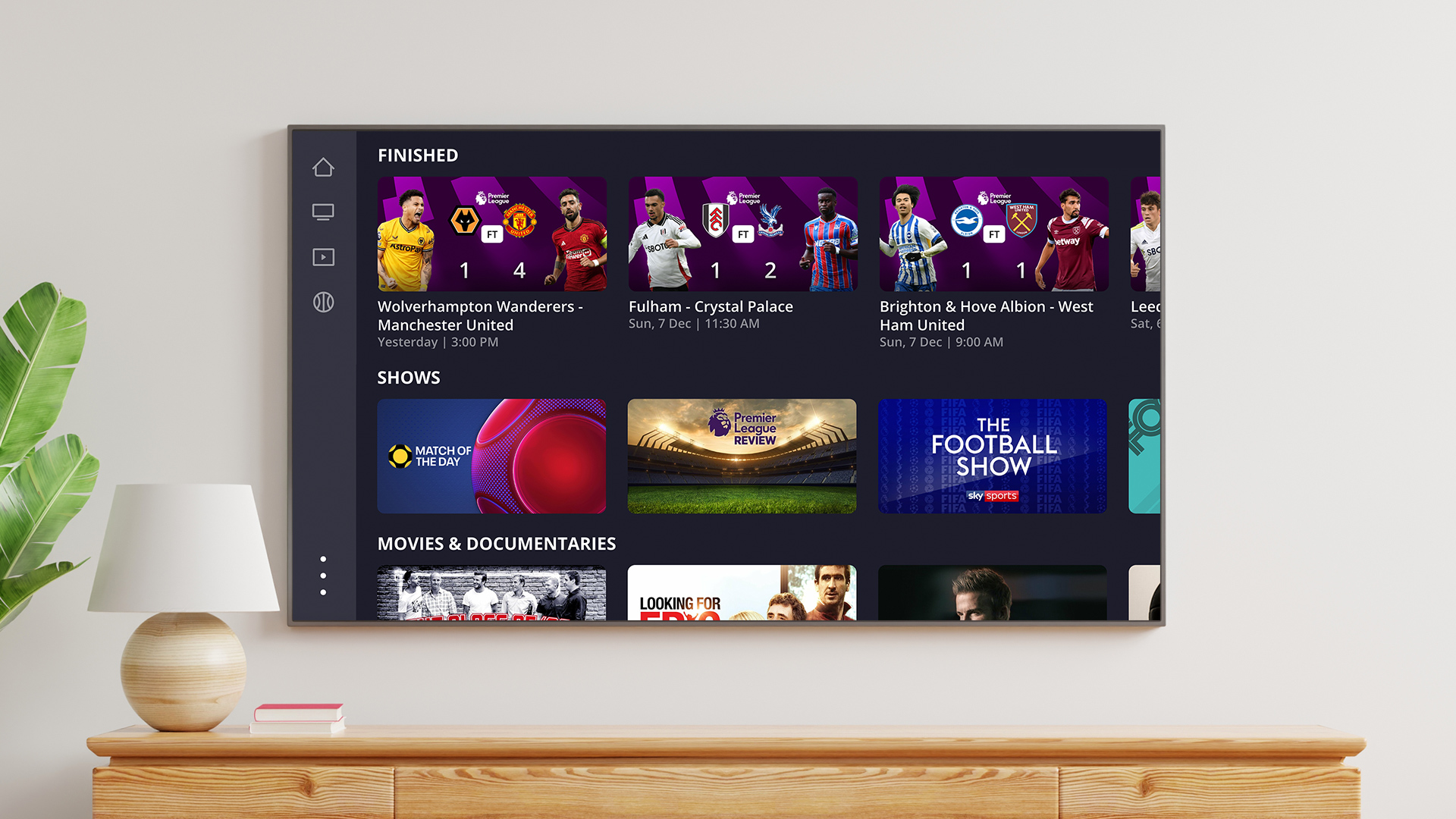Online video provides consumers with the convenience to watch what they want, when they want, provided everything goes according to plan. As the recent Disney+ launch showed, streaming can also provide a great deal of pain when users click the “play” button and then experience buffering.
Unsure if their video will begin in 1 second, 10 seconds or perhaps never, viewers are forced to wait, reboot their service, or choose another video. More than one-third of U.S. viewers feel this frustration, contributing to churn and cutting into profit.
A well-funded, beloved brand like Disney will survive these early buffering issues, but as competition ramps up, these problems have the potential to hurt other VOD providers much worse than they have in the past. Streaming services must grasp how big the buffering issue is and take steps to reduce its negative impact, before it potentially puts them out of business.
THE MOBILE EXPERIENCE
Nowhere is this more important than in mobile, which accounted for 22% of streaming hours in Q3 2019, according to Conviva. While mobile’s share of viewing hours is less than half of connected TV, its rate of growth was still 33% in the quarter, which is not insignificant.

The trouble is that mobile viewership is more likely to introduce buffering issues. More often than not, buffering is a result of poor internet connection. Viewers want to see content while they’re on the go, but movement means they are often in and out of strong signal throughout their journey. In fact, motion isn’t even required: it can be difficult to get a strong cellular signal inside a building, and even hotels can have spotty in-room Wi-Fi service.
Mobile streaming quality is getting better, but not enough to meet viewer expectations. According to the same Conviva study, mid-stream buffering on mobile devices improved by 34% year-over-year. Unfortunately, video start failures improved by just 2% in mobile, well below the rate of improvement in PC and connected TV. Video start time was also a mere 4% faster, hardly a great leap. It would be foolish for streaming providers to pat themselves on the back for improving the mid-stream experience when so many viewers still have trouble getting videos to start playing in the first place.
The professional video industry's #1 source for news, trends and product and tech information. Sign up below.
THE COST OF BUFFERING
These start-time issues have a domino effect, eating into potential time those viewers could spend watching content. A “rebuffering ratio” (the percentage of time a viewer spends waiting, as opposed to watching video) of less than 1% results in 2.9 billion viewing hours lost to buffering in one quarter.
Buffering’s impact on the viewer experience only gets worse when ads are introduced, as 39.6% of streaming ads actually failed to load in Q3 2019. If pre-roll ad delays reach 5 seconds, 13.6% of viewers abandon the stream. This results in less available ad inventory, cutting into ad-supported VOD profits and prohibiting advertisers from reaching valuable audiences. Advertisers aren’t going to pay if their ads are responsible for killing viewer engagement, rather than inspiring it. Just like viewers, advertisers are going to seek out frictionless experiences to get their money’s worth.
While buffering is a common part of the streaming video experience, it still has the potential to erode viewers’ good will. It may be outside of VOD providers’ control, but consumers aren’t always aware of who’s to blame. They focus their anger on the brand name in front of them, which is the provider itself. Buffering happens, but VOD providers can’t simply accept buffering as inevitable, less they face this ire from choice-rich consumers.
That’s because above all else, subscription and ad-supported VOD services are all competing for viewer engagement and time. The average household subscribes to three video services, and even with programming getting spread out across more services, it’s unlikely that viewers will add more subscriptions. Capture viewer attention, and that viewer will continue paying a monthly subscription or engaging with ad-supported content, while also spending less time with competing services. Failure to fight buffering—and the poor experience that it brings—is just giving the viewer a reason to cancel their subscription. And the result could be catastrophic for a VOD provider going forward.
Dan Taitz is president of video technology company Penthera.
